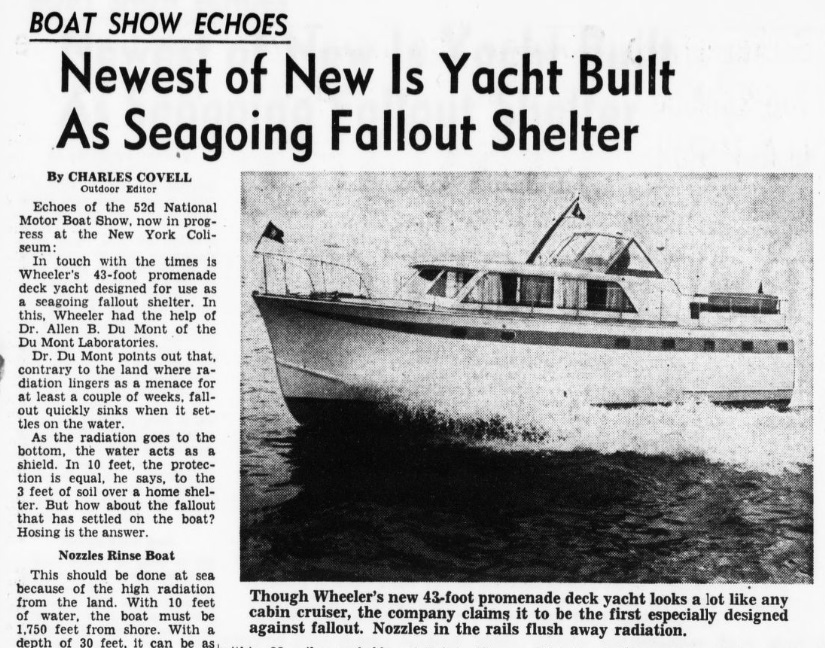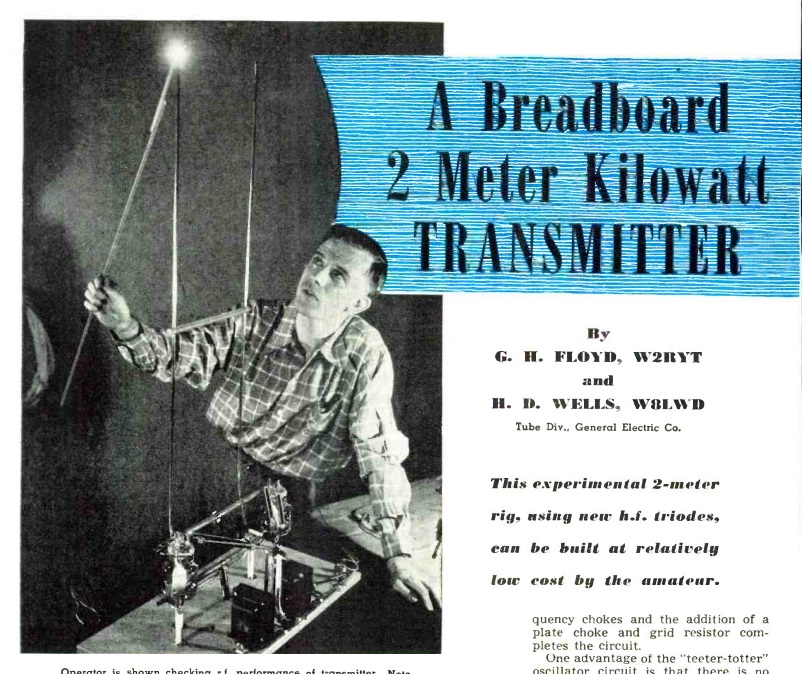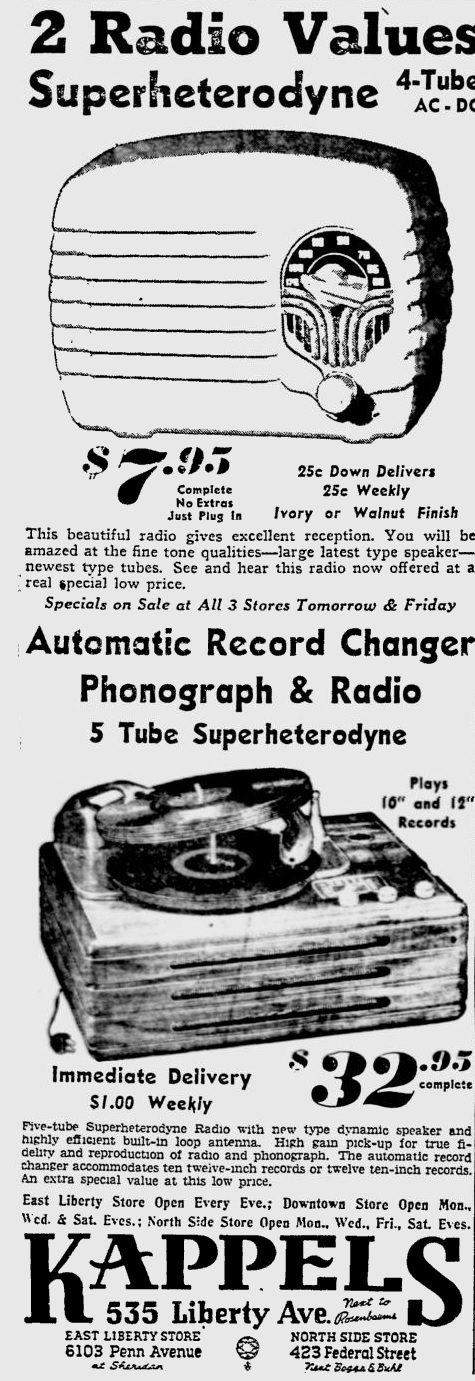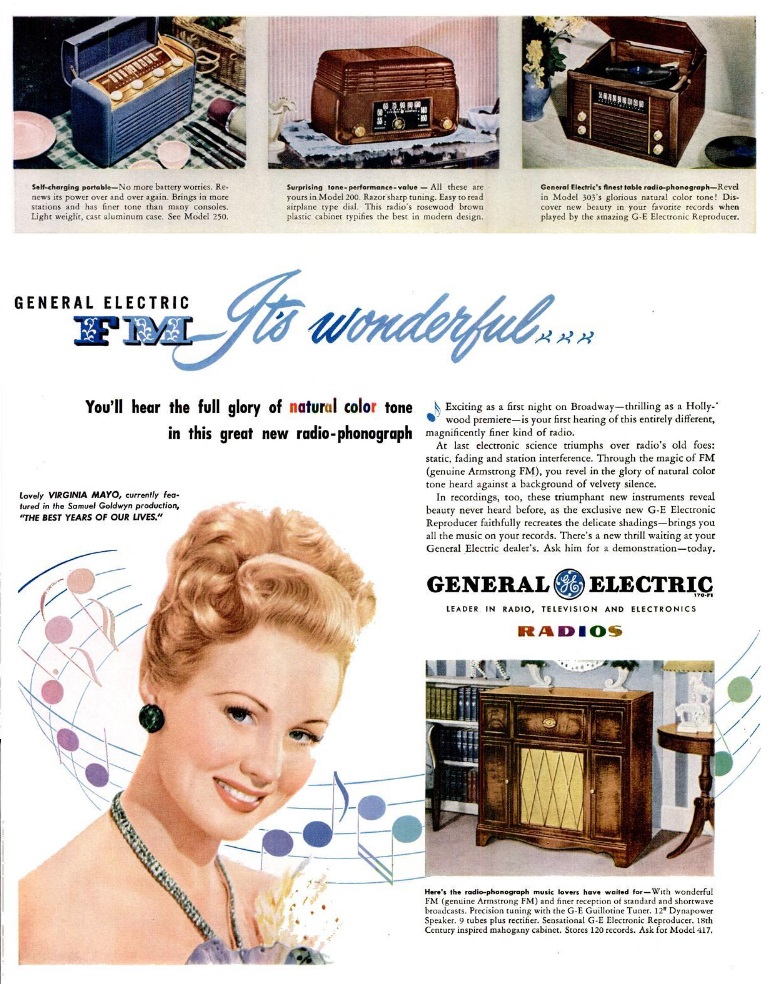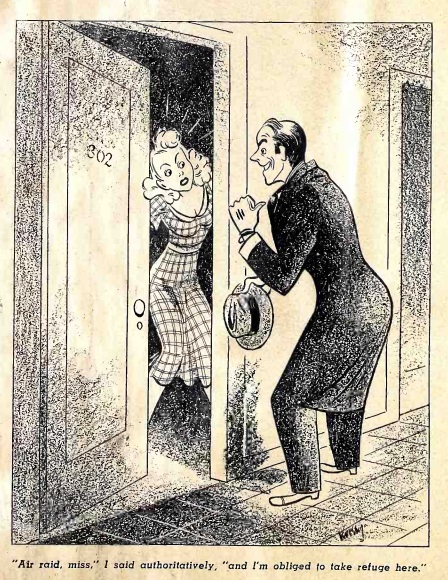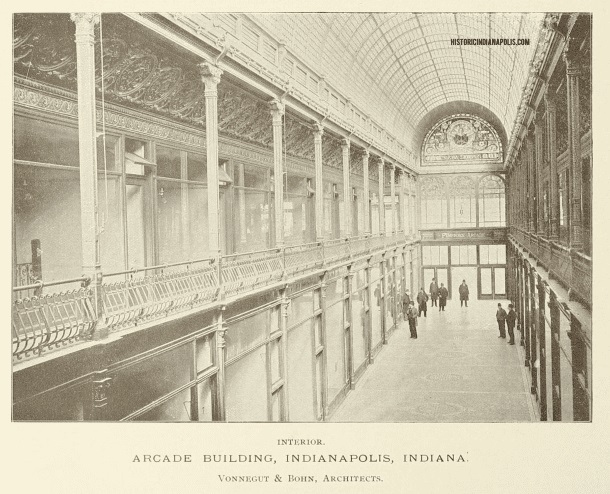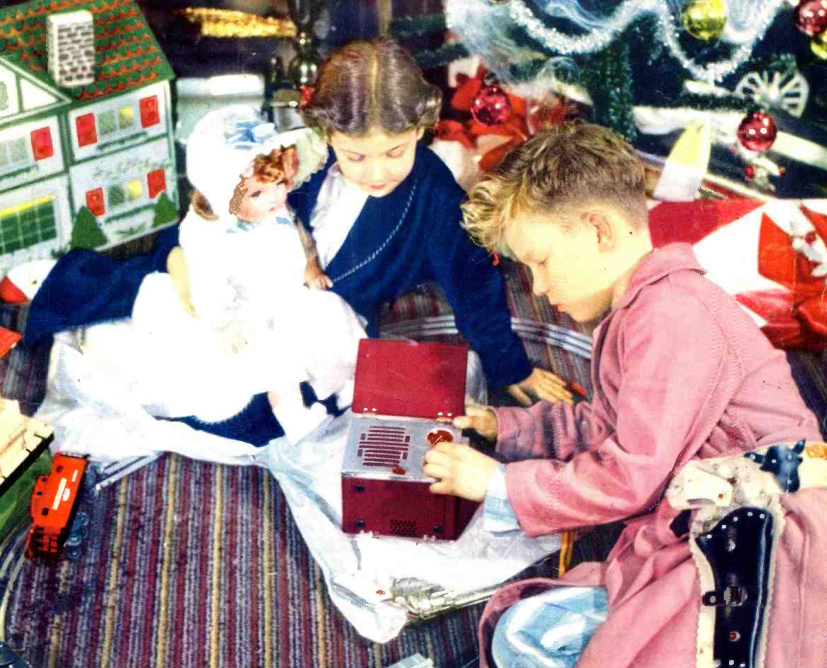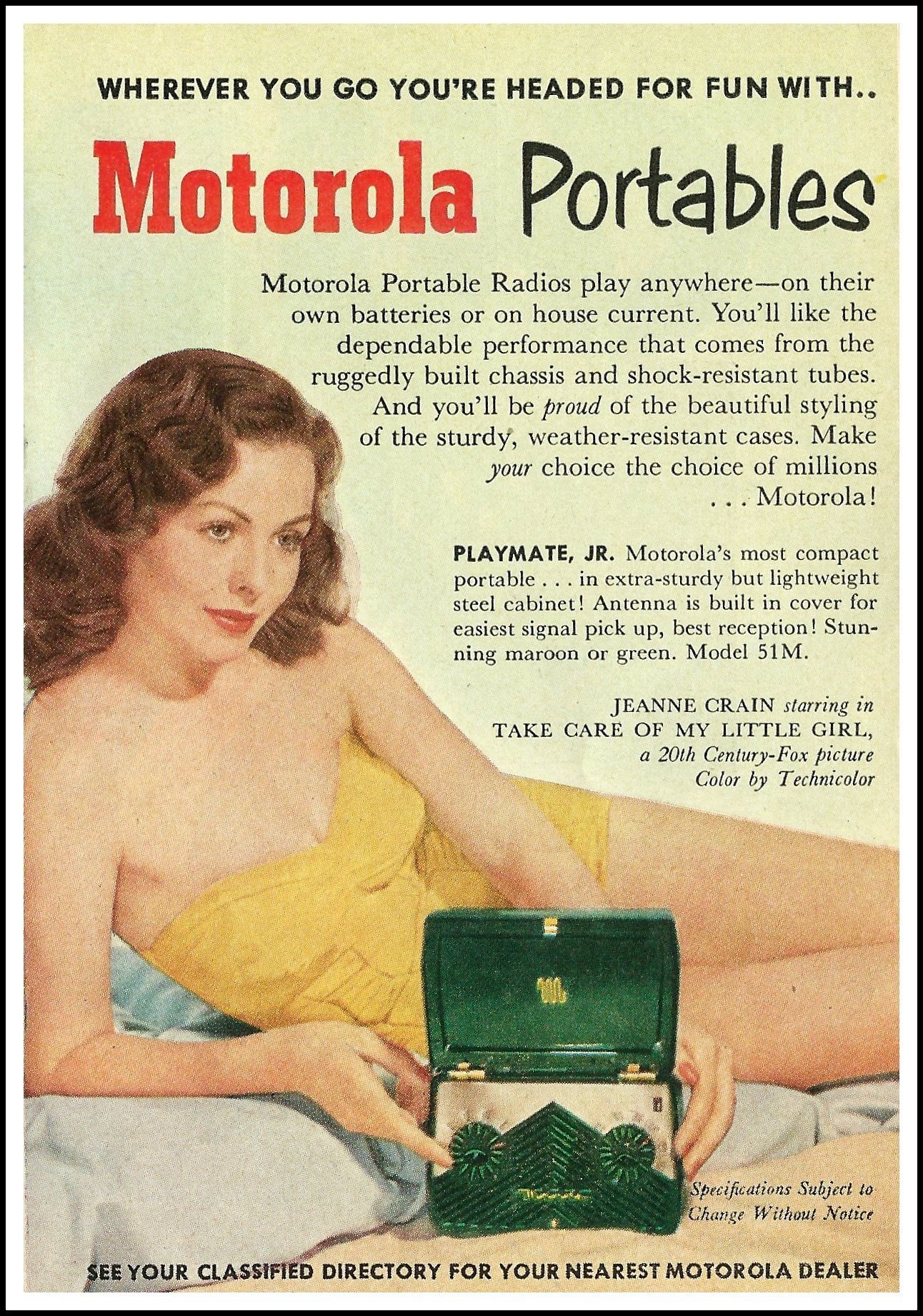 A hundred years ago today, the January 9, 1922, issue of the Indiana Daily Times carried this feature describing a radio store, Hoosier Radio Company of Indianapolis.
A hundred years ago today, the January 9, 1922, issue of the Indiana Daily Times carried this feature describing a radio store, Hoosier Radio Company of Indianapolis.
RADIO CREATES NOVEL BUSINESS
Wireless Telephone and Telegraph Open New Field.
Radio telegraphy, which a few years ago was regarded by the general public as only for real experts when operated on a big scale, for youngsters to amuse themselves with on a small scale, now has come to assume an important place in the life of the community, and the radio telephone Is In far more general use than the average person realizes.
This new science, developed along lines all its own, has resulted in the growth of an entirely new business, the supply business for radio equipment, according to L. H. Smith, president of the Hoosier Radio Company, 108 Pembroke Arcade.
“When radio work was Just becoming popular users of equipment found it difficult in the extreme to buy supplies. Supplies of this character were handled by only a few shops as a sideline, the clerks knew very little about them and the technical nature of the equipment made it almost impossible for anyone not enthusiastic about radio work to deal
intelligently with the trade,” Mr. Smith said.
“This led me to establish a store handling nothing but supplies for radio telephone and radio telegraph equipment. My patronage comes from about every part of Indianapolis and Includes persons of all ages from the enthusiastic school boy to the business man, who is interested in radio work. I believe that at present there are more than 1,000 persons actively interested in radio work in this city and the number is steadily Increasing.
“There has been a genera! misunderstanding In the public mind as to the expense of a radio plant. Contrary to the general belief it is not at all prohibitory. A receiving set with a range of 4OO to 500 miles under favorable conditions may be purchased for $15, and no great amount of study is necessary to use these machines.
“Radio telephony is growing more popular every day, a popularity that is increased by the concerts sent out nightly by the Commonwealth-Edison Company of Chicago. These concerts are given by the Chicago Grand Opera Company and are heard in this city and all over the country. Dally concerts are sent out by the Westinghouse Company at Pittsburgh at the same time, and by simply tuning the instrument the owner of a wireless telephone plant has his choice of the music to which he desires to listen.”
The building in which this shop was located, shown above, the Pembroke Arcade, was located in downtown Indianapolis and built in 1895. It was what we would call today a shopping mall–an enclosed building with a large number of stores inside. It was torn down in 1943.
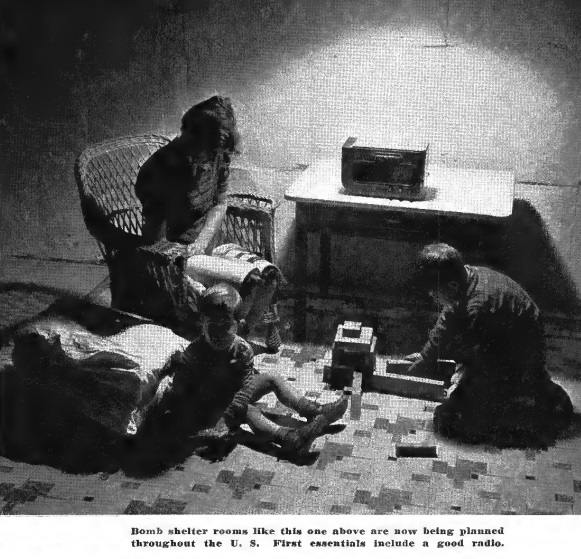 The January 1942 issue of Radio Retailing stressed to its readers that their trade was an essential one. Radio was a necessity in every home, factory, office, and car. The radio dealer’s patriotic duty was to keep ’em working.
The January 1942 issue of Radio Retailing stressed to its readers that their trade was an essential one. Radio was a necessity in every home, factory, office, and car. The radio dealer’s patriotic duty was to keep ’em working.
